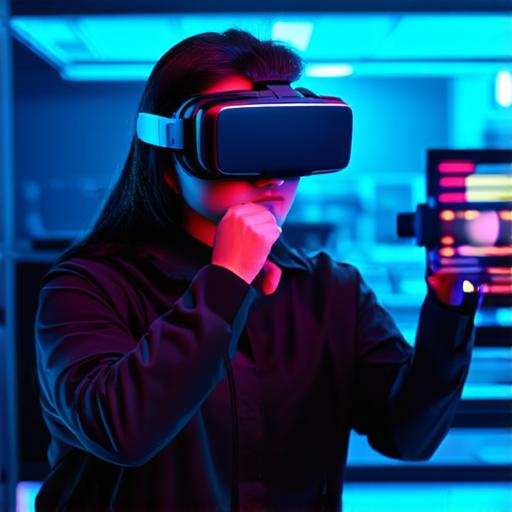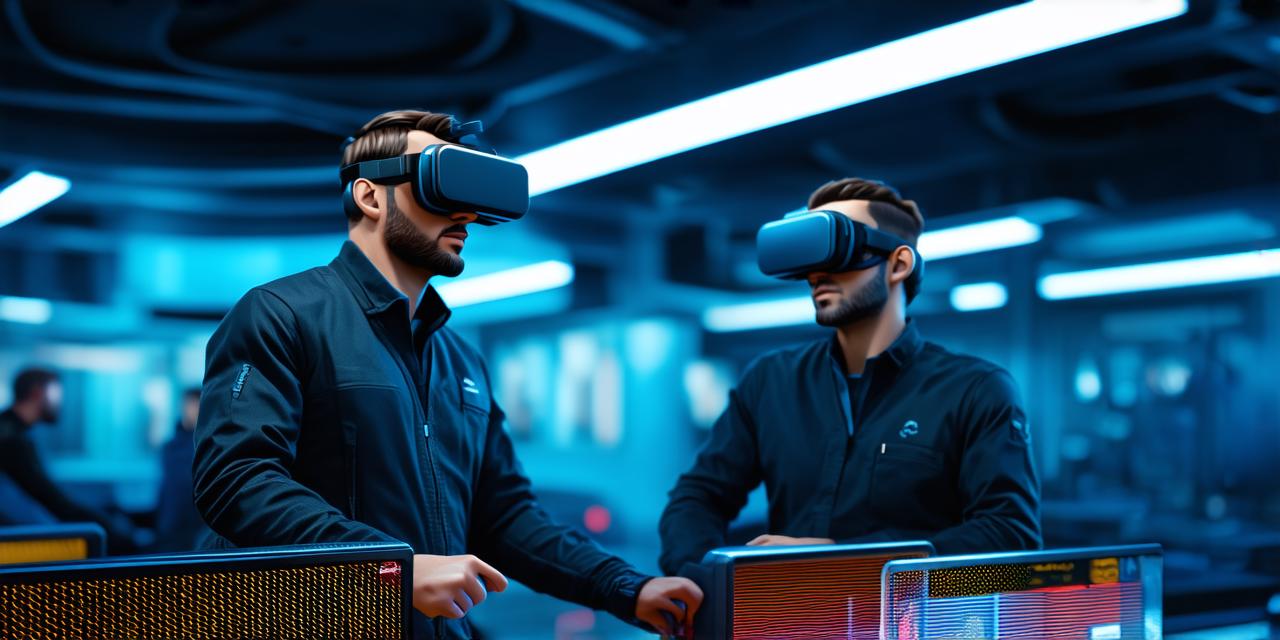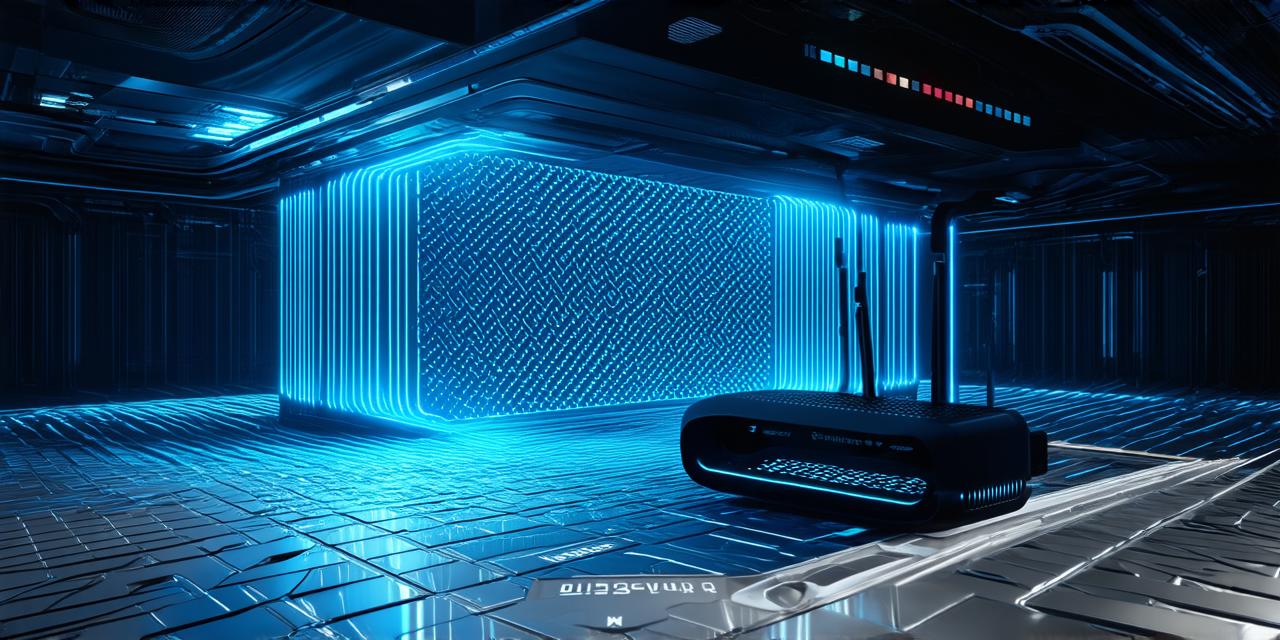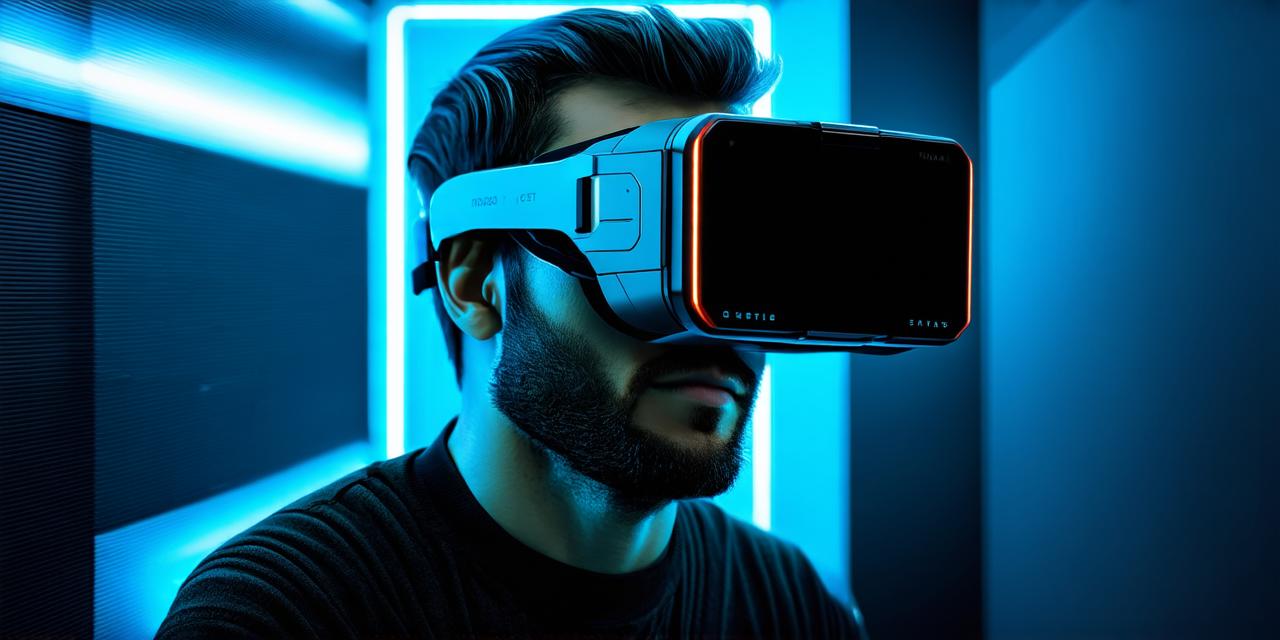
Virtual reality (VR) technology has come a long way since its inception, and it is now an increasingly popular form of entertainment, education, and training. At the heart of VR technology is the ability to create immersive experiences that transport users into virtual worlds.
The Science Behind Stereoscopic Displays
Stereoscopic displays work by presenting each eye with a slightly different view of the same scene. This is known as binocular disparity, and it is what allows our brains to perceive depth and distance in the real world. When we look at an object, our two eyes receive slightly different images of that object from their respective viewpoints. Our brain then processes this information and uses it to create a 3D image of the object in our mind’s eye.
In VR, stereoscopic displays are used to simulate this process by presenting each eye with a slightly different view of the virtual environment. This creates an illusion of depth and distance that is similar to what we experience in the real world. By providing slightly distinct perspectives to each eye, VR systems can create a more immersive and realistic experience for users.
The Benefits of Stereoscopic Displays in VR
Stereoscopic displays are a key component of VR technology because they provide several benefits that enhance the user experience. These include:
- Improved depth perception: By presenting each eye with slightly different views of the virtual environment, stereoscopic displays can improve depth perception and create a more realistic sense of spatial awareness.
- Reduced motion sickness: Motion sickness is a common issue for some users when experiencing VR. Stereoscopic displays can help reduce the risk of motion sickness by providing a more stable and realistic view of the virtual environment.
- Enhanced immersion: Stereoscopic displays can create a more immersive experience for users by providing a sense of depth and spatial awareness that is similar to what we experience in the real world.
- Increased realism: By presenting each eye with slightly different views of the virtual environment, stereoscopic displays can create a more realistic and lifelike representation of the virtual world.
Summary
In conclusion, virtual reality technology depends on providing slightly distinct perspectives to each eye in order to create immersive and realistic experiences for users. Stereoscopic displays work by simulating the way our brains process depth and distance in the real world, and they provide several benefits that enhance the VR experience. As VR technology continues to evolve, it is likely that stereoscopic displays will become an even more important component of this exciting and rapidly growing field.



